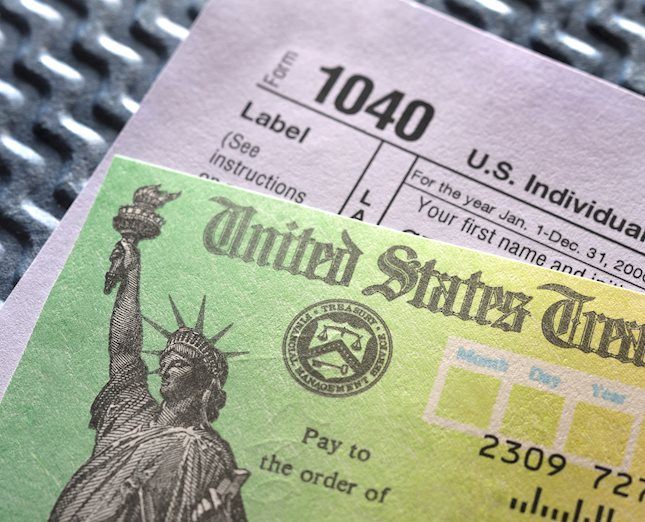The unemployment rate remained stable at 6.3% in October, suggesting that the anticipated economic slowdown and signs of reduced hiring have not yet impacted the job market. However, we expect these effects to become apparent over the next year.
The labour market is still exerting upward pressure on inflation. Wage growth reached its highest-ever level in the third quarter and unemployment remained at its historic low at the start of the fourth quarter. Most of the large countries saw stable unemployment rates although France experienced a slight uptick from 7.5% to 7.6% while Italy saw unemployment come down from 6% to 5.8%.
The current labour market strength is at odds with our—and many others’—expectations for next year. With demand weak and orders showing signs of continued concern, the consensus is that the eurozone labour market will cool next year with substantially fading wage growth.
Currently, businesses are growing more pessimistic about hiring, with the manufacturing sector being more negative than services. We’re expecting manufacturing job growth to turn negative soon, while services employment should still show small growth at the start of next year.
All in all, though, we’re becoming more downbeat on employment expectations and expect unemployment to run up modestly next year. As labour hoarding has been an important element of employment growth in recent years, weakening corporate profits are likely going to result in weakened employment expectations over the course of next year.
Read the original analysis: Eurozone unemployment remains at historic low
Content disclaimer: This publication has been prepared by ING solely for information purposes irrespective of a particular user's means, financial situation or investment objectives. The information does not constitute investment recommendation, and nor is it investment, legal or tax advice or an offer or solicitation to purchase or sell any financial instrument. Read more here: https://think.ing.com/content-disclaimer/
Recommended Content
Editors’ Picks

EUR/USD drops below 1.0500 after US PMI data
EUR/USD stays under bearish pressure and trades below 1.0500 on Monday. The upbeat ISM Manufacturing PMI data for November provides an additional boost to the US Dollar, forcing the pair to extend its slide in the American session.

GBP/USD slumps below 1.2650 on broad USD strength
Following a consolidation phase in the early European session, GBP/USD turns south and trades below 1.2650 on Monday. The pickup in the safe-haven demand for the US Dollar, in addition to the better-than-forecast US Manufacturing PMI data, weighs on the pair.

Gold stays below $2,650 as US yields push higher
Gold starts the new week on the back foot and trades below $2,650. The renewed US Dollar strength and the recovery seen in the US Treasury bond yields don't allow the pair to stage a rebound despite the risk-averse market atmosphere.

The week ahead: Payrolls take centre stage, as French government poised to collapse
At the start of this week, the focus is likely to be on France. On Sunday, Marine Le Pen said that her party’s talks with the government led by Michel Barnier, had broken down, which paves the way for a no-confidence vote in the technocratic government that has no majority in Parliament.

Trump warns BRICS over Dollar rival plans
Donald Trump, the incoming U.S. President, has issued a strong warning to BRICS nations over their plans to challenge the dominance of the U.S. dollar in global trade.

Best Forex Brokers with Low Spreads
VERIFIED Low spreads are crucial for reducing trading costs. Explore top Forex brokers offering competitive spreads and high leverage. Compare options for EUR/USD, GBP/USD, USD/JPY, and Gold.